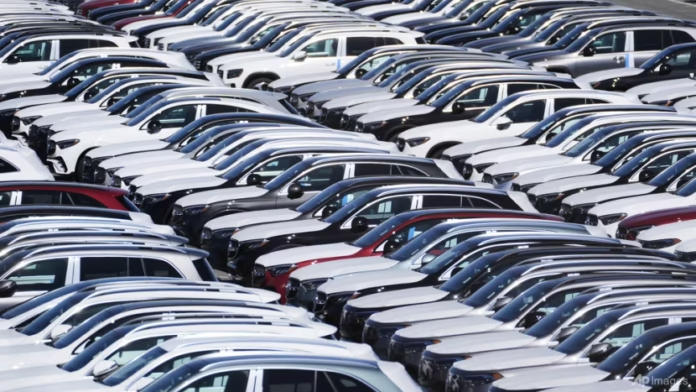Breaking Down the Latest Auto Tariffs and What They Mean for Your Next Car Purchase
The 2025 auto tariffs recently announced by the Biden administration are set to reshape the car market, potentially adding thousands to the price of popular imported vehicles. These new import taxes target electric and gasoline vehicles alike, with significant implications for consumer budgets, dealership inventories, and the auto industry’s shift to EVs.
Key Details of the 2025 Auto Tariff Increases
New tariff rates taking effect:
- Chinese-made EVs: 100% tariff (up from 25%)
- European Union vehicles: 35% tariff (up from 2.5%)
- Chinese auto parts: 50% tariff (up from 7.5%)
- Battery components: 30% tariff (new category)
“These tariffs represent the most aggressive trade protection for the US auto industry in 40 years,” says auto analyst Michelle Krebs of Cox Automotive.
How This Will Impact Car Prices
Immediate expected price increases:
| Vehicle Type | Current Avg Price | Projected Increase |
|---|---|---|
| Chinese EVs | $38,000 | +$38,000 |
| German Luxury Sedans | $58,000 | +$18,000 |
| Japanese Hybrid SUVs | $35,000 | +$3,500 |
| Mexican-Assembled Trucks | $42,000 | +$1,200 |
Long-term market effects:
- Accelerated domestic production shifts
- Used car values may rise for protected models
- Longer wait times for popular imports
- Potential retaliation tariffs from trading partners
Which Vehicles Will Be Most Affected?
Hardest-hit models:
- Volkswagen ID.4 (German-made EV)
- Polestar 2 (Chinese-owned)
- BMW iX (EU-sourced electric SUV)
- Mercedes E-Class (German luxury sedan)
- Volvo EX30 (Chinese-built electric)
Least affected options:
- Ford F-150 (US-built)
- Tesla Model Y (Texas-made)
- Chevy Equinox EV (Michigan assembly)
- Toyota Camry (Kentucky-built)
- Honda Odyssey (Alabama plant)
3 Strategies to Avoid Tariff Price Hikes
- Buy Domestic
- Look for “Assembled in USA” stickers
- Favor Detroit Three brands
- Consider Tesla’s expanding lineup
- Time Your Purchase
- Buy before July 1 tariff implementation
- Target 2024 leftover inventory
- Watch for pre-tariff dealer incentives
- Alternative Approaches
- Lease instead of buy (lower upfront cost)
- Consider certified pre-owned
- Explore tariff-exempt commercial vehicles
Electric Vehicle Market Implications
EV-specific impacts:
- Slowed adoption due to Chinese EV exclusion
- Domestic battery production gets boost
- Ford/GM advantage over foreign rivals
- Used EV values may stabilize
New qualifying for tax credits:
- Stricter battery component requirements
- Full $7,500 credit only for 100% US-built
- Phase-out of foreign mineral allowances
What Automakers Are Saying
Industry reactions:
- Tesla: “Supports domestic manufacturing focus”
- Toyota: “Concerned about consumer affordability”
- Volvo: “Reevaluating US market strategy”
- Ford: “Validates our $11B Tennessee investment”
Consumer Protection Tips
Before you buy:
- Verify final assembly location (NHTSA VIN decoder)
- Ask dealers about price protection guarantees
- Compare total cost of ownership projections
- Research state EV incentives (may offset increases)
- Consider extended warranties for kept vehicles
Political and Economic Context
Why tariffs were implemented:
- Protect 3 million auto jobs
- Counter Chinese subsidies
- Boost US EV independence
- Address national security concerns
Opposition arguments:
- Consumer cost burden
- Potential trade war escalation
- Delayed climate goals

